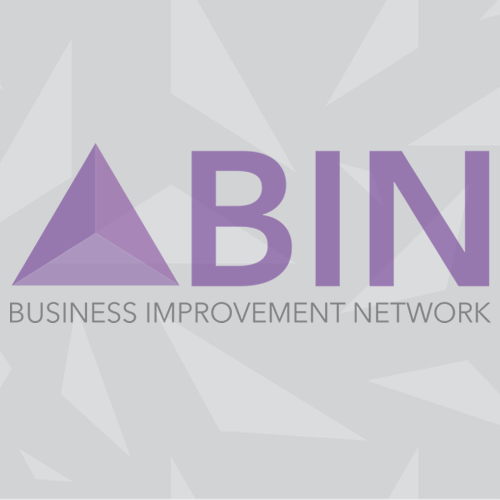Simple Change Methodology is all that is required.
By Steven Crowden

Which Change Methodology?
There are many versions of change methodology “on the market”, Lean, Six Sigma, Lean Six Sigma, Five Lenses, Agile, ITIL the list goes on. All have pretty much the same basic principles and all are less than effective if the chosen change methodology is not followed correctly, and the implementation flawless.
People with the required skill set can be expensive, and employing one or more, for the length of a project, may be prohibitive for many companies.
My view is that all firms are able to become and maintain a level of self-sufficiency in completing any change by using a simple set of steps.
Become Self-sufficient
Processes in everyday use do not have to be classed as broken, for change to be required. Most processes continue to run day in and day out, they just may not be running at their optimum level, or achieving what is required of them.
Workers in companies will continue to work in a less than optimal way, because at least they are achieving what is expected of them. They will be “getting the job done”, overcoming the issues they encounter each day and feeling good about this. Taking time out to “improve” a process can put them behind in their work target and targets are what drive behaviours (but that is another story). The adage of “don’t fix what is not broken”, is certainly true, but my question is, would you know when your process is broken?
The aim in becoming self-sufficient in change, is to make the simple change method available each and every day, but potentially not used. Most change philosophies put forward you should follow the strategy day in and day out. This approach is part of why so many process methodologies implementations fail.
I suggest that expecting workers to always have one eye on what needs changing goes against the human psyche. How many times in our personal lives have we started exercising, started a diet, started DIY, started a new hobby, started anything, that after a period of time comes to an end. Why would it be different in the workplace?
Learning how to complete the simple change method below, will ensure the knowledge and toolkit is available, for when the teams come to the point that they recognise something needs to be improved.
The Simple Change Steps are:
Establishing a stable position
- Confirm the purpose of the process.
- Why is the process completed? What is the aim of the process?
- Gather simple data to confirm the current process performance.
- Which 3 or 4 metrics will show you if the process is achieving its purpose?
Identify the issue to resolve
- Find the root cause of why the process is not achieving what you require of it?
- Dig deep, be critical of the process. Ask “Why” enough times to know you have the root cause of the issue.
- Determine how to eliminate or improve the root cause issue you have identified.
- This is one area where your teams will have major input. This should be encouraged.
- Many solutions do not require an IT fix, there are many manual work arounds that can be used.
Implement the change
- Implement the change correctly.
- Do not rush the implementation.
- Fully train people, test the solution, measure the outcome.
The above lays out the simple steps to use in identifying and implementing change. There is of course much more detail involved, which would depend on your industry, your firm, your department and the team involved. But know, there are tools and approaches to cover all occasions.
Now practise makes perfect and the more times the above approach is used, and a change made, the easier the next one will be. The tools used for one change will be similar for the following change. Teams will not need to learn a completely new set of change tools for each change, there will be 4 or 5 that cover most occasions. Therefore, being easier to learn and master as time goes by.
In Conclusion
The simple method set out above will help you, alongside the other tools you have available, improve your working practises in such areas as increasing sales, reducing costs or improving quality.
Finally, even with a simple set of tools available to improve the ways of working, there will be 3 types of approach taken by your teams. There will be those that grab it with both hands and find a way to use the method each day, there will be those that know it is available and implement when necessary and finally those that will never make one change even if they see it working in other areas. This is normal human behaviour.
About the author
Steven Crowden has been a Process Improvement Consultant for over 15 years and worked in multiple industries from Banking to Telecommunication, and Publishing to Mining. In 2023 he published his book “Simple Change – A Practical Guide”.
Enjoyed reading these articles?
Have you got something you can share with the Network. Why not submit an article